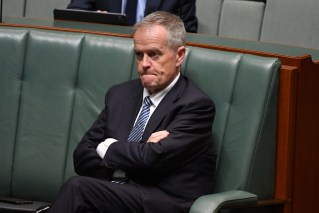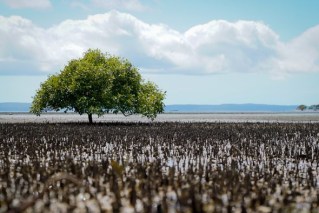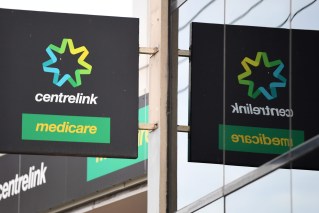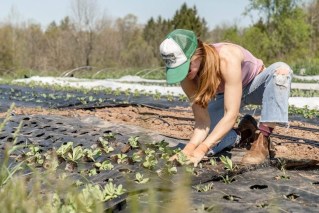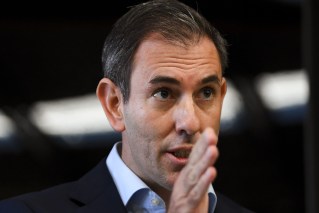Crisis looms in housing rentals as ‘stampede’ from south crushes vacancy rates
Rental supply has reached crisis point in large areas of Queensland, forcing the real estate industry to call for investor incentives in the upcoming state Budget.

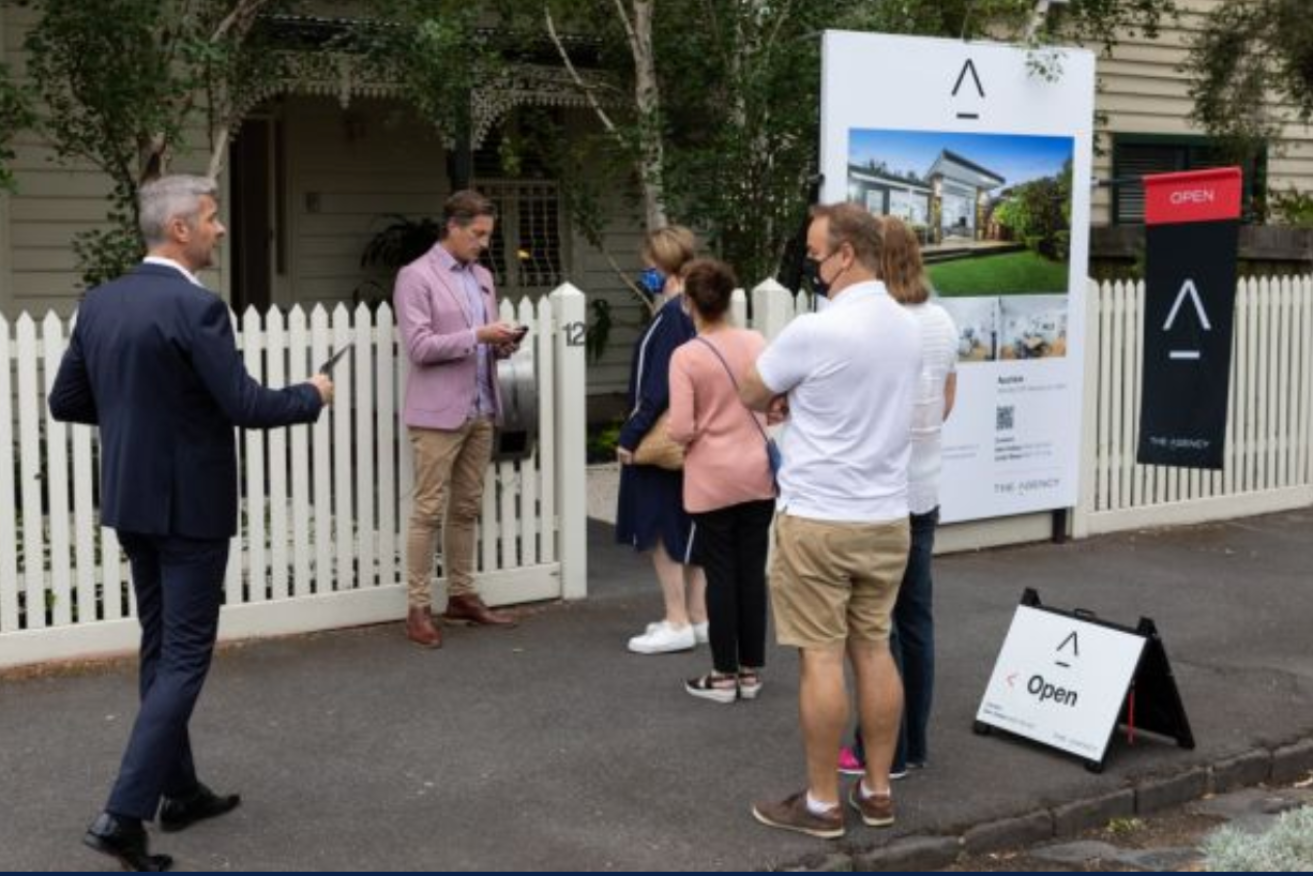
The strategy to produce eviction notices was causing stress (Photo: Domain)
The data from REIQ also shows that the drive to the outer suburbs and regions has created a severe shortage in places like the Gold Coast, Gympie, Rockhampton, Maryborough, Bundaberg, the Southern Downs and the Sunshine Coast.
But it has also forced people back into the CBD, which had been vacated during the worst of the pandemic and had been suffering from low occupancy of office space.
The shortage is understood to have increased rent prices but also meant “rent bidding” has been occurring. This relates to people offering to pay above the advertised price to secure a property.
The Real Estate Institute of Queensland’s Antonia Mercorella said Brisbane’s private rental market had been pushed into unchartered territory by a ‘’pandemic-driven stampede’’ of interstate migrants.
“With no support measures announced for the established housing sector in last year’s State Budget, the REIQ believes the Palaszczuk Government must take immediate action to resolve our current rental crisis,” Mercorella said.
“The State Government say they want to help households transition from community housing to housing in the private rental market.
“Given that, more needs to be done to better support both increased and ongoing property investor activity in the Queensland property market and the contributions they make to the State economy.”
The REIQ wants the First Home Buyers grant expanded to established housing.
While Queensland has a long history of attracting interstate migrants, it picked up during the lockdowns of last year.
ABS data shows that for the year to September 2020, regional Queensland welcomed a net of 14,101 people from interstate, outperforming the number of people arriving to Greater Brisbane of 13,014 over the same period.
The increase has created a real estate boom in many areas of the state with expectations that house prices could increase by as much as 17 per cent Australia-wide this year.
The REIQ said first quarter results for 2021 state rental vacancies showed almost 80 per cent of Queensland’s rental markets remained static or experienced tighter strains on the number of rentals available.
It found 70 per cent of the state’s rental vacancies remain under 1 per cent, with the biggest pinch recorded in Brisbane’s inner city, with rates dropping .5 per cent over the quarter.
“Record-low interest rates, government support and stimulus measures, and the pandemic-driven stampede we’ve witnessed migrating beyond our southern borders have sent Brisbane’s private rental market into uncharted territory, pushing vacancy rates down to their lowest levels since October 2012,” Mercorella said.
“In fact, our capital has seen rental markets across the entire metropolitan tighten quarter-on-quarter for the last four consecutive reporting periods, from Brisbane’s CBD out to the city’s outer rim.”
In the last 12 months, rental vacancies dropped 1.1 per cent across the Brisbane council area while Greater Brisbane saw the market tighten by 0.9 per cent.
She said Brisbane’s CBD achieved an “incredible’’ 4 per cent comeback in rental demand over the year.
The inner city (0-5km) experienced a 1.3 per cent increase and the mid-city region (5-20km) saw a 1 per cent rise.
Some of the tightest vacancies across the capital’s suburban spread include Anstead (0.5 per cent), Birkdale (0.3 per cent), Capalaba (0.2 per cent), Ferny Hills (0.3 per cent), Gumdale (0.4 per cent), Manly West (0.5 per cent), Rothwell (0.2 per cent), Sandgate (0.5 per cent), Shailer Park (0.4 per cent), Thornside (0.3 per cent) and Wakerley (0.4 per cent).
“Where we’re seeing the most pronounced rental demand levels far outstrip available vacancies is across regional Queensland, with the tightest vacancies currently to be found in the Fraser Coast’s Maryborough (0.2 per cent) followed by the Southern Downs (0.3 per cent) and Bundaberg regions (0.5 per cent), while a rate of 0.4 per cent has been recorded across Gympie, Rockhampton and Sunshine Coast,” Mercorella said.
“Meanwhile, the Gold Coast has tightened a further 0.3 per cent to reach a record low of 0.6 per cent in last 15 years of data records.”
While the popular Surfers Paradise precinct remains at 0.8 per cent over the quarter, other areas are unprecedentedly tight with the Gold Coast’s northern suburbs recording a median of 0.7 per cent. The southern suburbs has a median of 0.4 per cent.
The State Government has been approached for comment.

